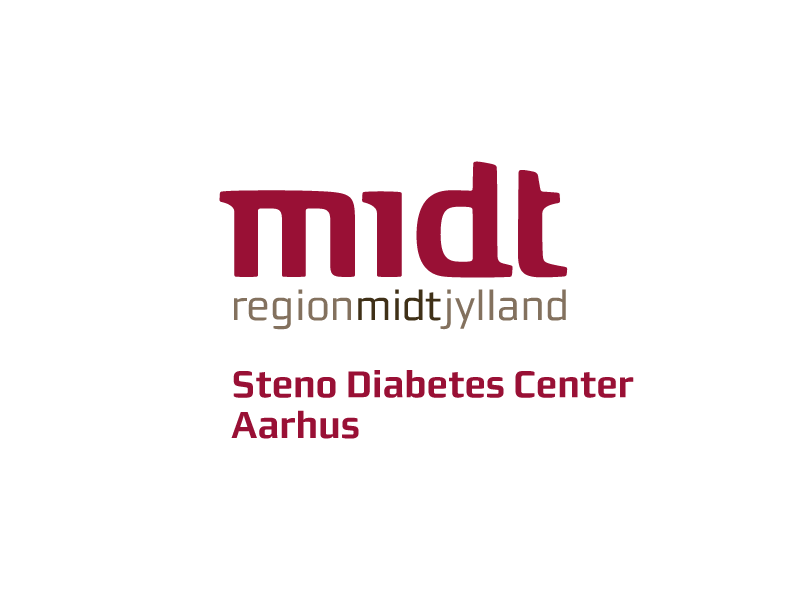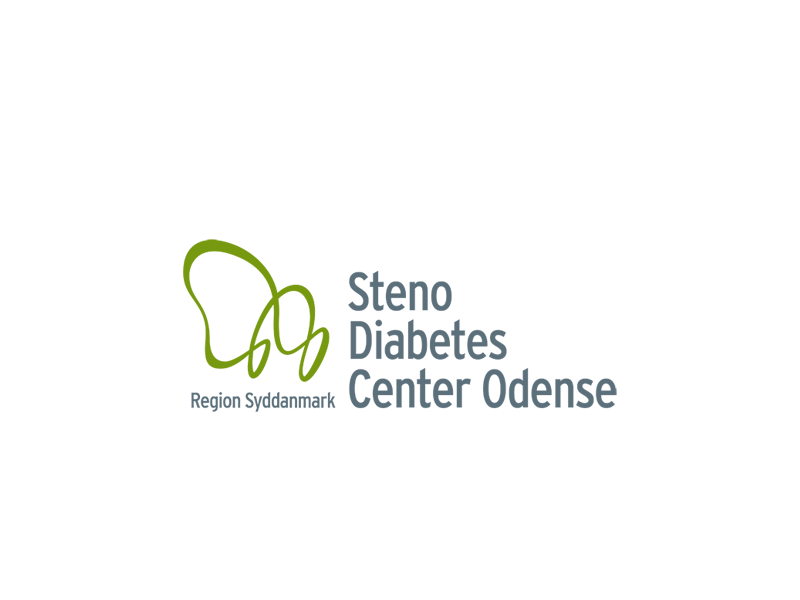Abstract
Randomised clinical trial in order to estimate the effects of an early intersified physical activity programme
Regular physical activity enhances insulin sensitivity, improves blood glucose control, offers protection against CVD and decreases the risk of all cause mortality in the general population. However, this remains to be documented in patients with overt T2D and an inherent, more than two-fold elevated risk of dying from CVD. Notably, T2D patients are commonly obese and suffer from different conditions, such as arthrosis and heart diseases rendering it difficult to increase the level of physical activity. In Denmark, the municipalities are responsible for the population-directed preventive efforts. It would be worthwhile to take advantage of the experience of the municipalities, as they have the power and means to stimulate daily physical activity in the patients’ immediate environment. Randomising the municipalities (and not individuals) will be advantageous in the sense that the local communities are able to establish an infrastructure facilitating physical activity. Experience obtained through the so-called KRAM investigation shows that in general the local communities are eager to promote the population-directed prevention, not at least when it comes to physical activity. Forty-three of 98 municipalities volunteered for the KRAM investigation, twelve municipalities were selected. All Danish municipalities will be invited to join the physical activity study. Based on previous experience, we estimate that at least 40 % of the municipalities in Denmark will volunteer for this project, and we thereby expect to be able to include at least 5,000 T2D patients in the study over a period of two or more years. Among these, ten representative (geography, size, demography) municipalities will be selected to join “interval walking”. In addition, all interested municipalities will be instructed in various modes to enhance the level of physical activity, including establishment of physical activity classes, internet-based education to improve individuals’ motivation to exercise; establishment of exercise paths in parks and woods, walking clubs and other similar initiatives, as well as involving various institutions within the local community in order to create a culture furthering physical activity. The remaining municipalities will serve as controls. After five years, we will investigate whether physical activity interventions lower the risk of CVD in this group. We expect that the suggested physical activity intervention is associated with a 25 percent reduction of CVD, and with an event rate of CVD of 40 % in this population, the estimated power to detect a significant beneficial effect of physical activity on CVD in 5,000 patients will be 0,80.
Interval walking consists of 3 min. of moderate walking followed by 3 min. of walking at high speed, in total 30 min. per day. Interval walking can be monitored with a triaxial accelerometer carried on the back (Active Tracer 301, GMS, Tokyo, Japan) and a pedometer, respectively. A beeping signal alerts participants when a change of intensity is scheduled. Once participants have learned the program, they can choose the time to perform it each day. Every two weeks, the participants visit a local office, and data from the tracking devices are transferred to a central server at the administrative center through the internet for automatic analysis and reporting. The participants will receive immediate feedback and instructions on how best to achieve their individual target level. If targets are not met, the trainer will encourage the participants to increase their efforts to achieve them. Interval walking is low-tech, but highly efficient. Recent, unpublished data including 1,000 elderly Japanese individuals show that this regimen has major effects on blood pressure, body weight and blood glucose. Professor Bente Klarlund Pedersen has negotiated with the leader of the Japanese interval walking programme, Professor Hiroshi Nose, who is very interested in transferring the technology to be used in a Danish population. In this study, the continuous central registration of the physical activity level in the individual study participant allows for coupling with national registries of CVD morbidity and mortality incidence ensuring valid data and study outcomes.
Artikler
- Karstoft (2024). Health benefits of interval walking training. Appl. Physiol. Nutr. Metab.
- Thorsen (2022). The Effects of a Lifestyle Intervention Supported by the InterWalk Smartphone App on Increasing Physical Activity Among Persons With Type 2 Diabetes: Parallel-Group, Randomized Trial. JMIR MHEALTH AND UHEALTH.
- Valentiner (2019). Effect of ecological momentary assessment, goal-setting and personalized phone-calls on adherence to interval walking training using the InterWalk application among patients with type 2 diabetes—A pilot randomized controlled trial. PloS one.
- Karstoft (2017). Resting metabolic rate does not change in response to different types of training in subjects with type 2 diabetes. Frontiers in endocrinology.
- Valentiner (2017). Long-term effect og smartphone-delivered interval walking training on physical activity in patients with type 2 diabetes: protocol for a parallel group single-blinded randomised controlled
trial. BMJ open. - Karstoft (2016). The effects of interval- vs. continuous exercise on excess post-exercise oxygen consumption and substrate oxidation rates in subjects with type 2 diabetes. Metabolism.
- Brinkløv (2016). Criterion validity and reliability of a smartphone delivered sub-maximal fitness test for people with type 2 diabetes. BMC Sports Science, Medicine and Rehabilitation.
- Abstract - Ried-Larsen (2016). Smartphone-app-delivered Interval Walking Training In Denmark: User Characteristics And Predictors Of Adherence.
- Ried-Larsen (2016). Implementation of interval walking training in patients with type 2 diabetes in Denmark: rationale, design and baseline characteristics. Clinical Epidemiology.
- Abstract - Ried-Larsen (2015). The validity of the smart-phone as a fitness monitor in patients with type 2 diabetes.
- Karstoft (2014). The Acute Effects of Interval- Vs Continuous-Walking Exercise on Glycemic Control in Subjects With Type 2 Diabetes: A Crossover, Controlled Study. J Clin Endocrinol Metab.
- Interwalk - Implementation Study of a Mobile App for Physical Activity Intervention (2014). Diabetologia.
- Karstoft (2014). Mechanisms behind the superior effects of interval vs continuous training on glycaemic control in individuals with type 2 diabetes - a randomised controlled trial. Diabetologia.
- PhD thesis, abstract: Karstoft (2014).
- Abstract - Karstoft (2012). The effects and physiological mechanisms of free-living interval-walking training on glycaemic control in type 2 diabetes patients: a randomised controlled trial
- Karstoft (2012). The Effects of Free-Living Interval-Walking Training on Glycemic Control, Body Composition, and Physical Fitness in Type 2 Diabetes Patients A randomized, controlled trial. Diabetes Care.




